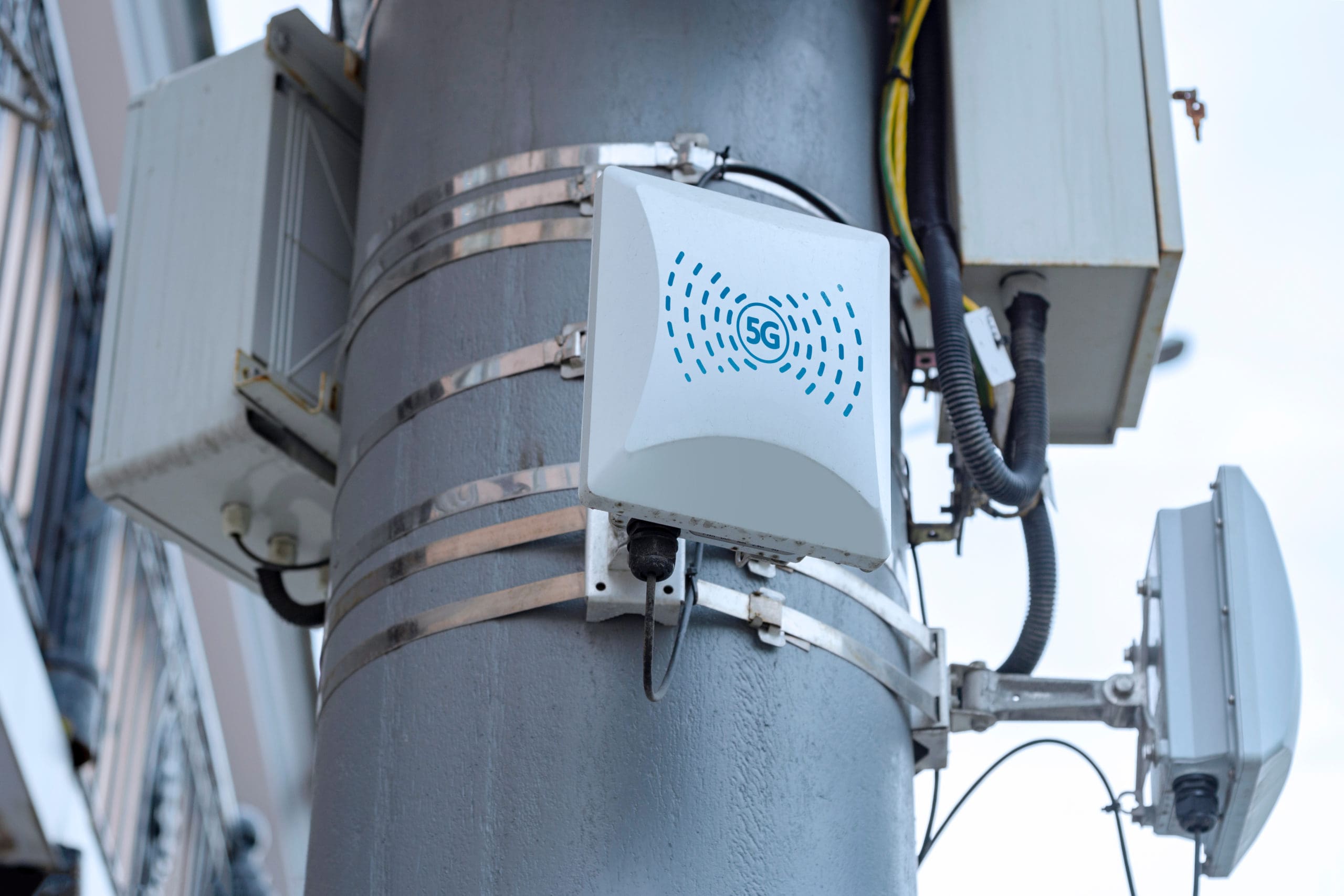
5G technology has been in the news for several years now. Consumers expect that with the advent of this next-generation wireless technology, they will have access to the sort of speed and ease one could never expect from local cable network operators. But the revolution is not an instantaneous one, with only a handful of cities enjoy the benefits of 5G, as of March, 2020.
Throughout 2019 carriers were racing against time, battling to be the first to present 5G to consumers in the United States. Verizon and AT&T unveiled mobile 5G networks, followed by Sprint and T-Mobile. However, coverage is still limited to only a few select cities, and consumer anticipation has somewhat decreased.
Advantages of 5G Technology
The excitement surrounding the next, 5th generation of cellular technology, however, is valid when you consider all the potential advantages. Speed is the most attractive one, promising 10x to 100x the speed one expects from their typical cellular connection.
5G technology will revolutionize P2P (peer-to-peer) communication and render servers redundant altogether. Data will transfer so easily between devices that your peers will be able to download material as fast as you can upload it.
Low latency (the time lag between when you click a link and the content starts streaming) is expected to be improved drastically from 20 milliseconds to as little as 1 millisecond – which will affect more than just a user’s personal consumption. Industries (everything from remote surgery and telemedicine to enhanced VR, drone technology, and self-driving cars) will benefit from low latency in ways that haven’t even been fully explored yet.
Concerns About 5G
One of several concerns that has come up in the 5G debate is that its application might be visually unappealing. The new technology doesn’t use large cells that spread out for miles or use towers. Instead, it uses microcells (served by small boxes), which would utilize a bundle of smaller antennae and other devices installed all over neighborhoods, hanging from streetlights, telephone poles, buildings etc. and compromising aesthetics.
This matter is causing some friction with certain agencies and interested parties, adding yet another roadblock to the mass adoption of 5G technology at this time.
Despite this, the consumers have spoken. There are issues with rising prices in areas where there are only one or two cable providers currently, and therefore a lack of alternatives. In fact, a survey conducted by the American Customer Satisfaction index awarded Comcast a score of 61 out of 100, Spectrum: 59 out of 100 and Cox: 60 out of 100. In contrast, major wireless carriers, T-Mobile, AT&T, Verizon and Sprint scored 76, 74 and 73 respectively.
Current Availability
So, when can consumers expect a nationwide roll-out? It’s hard to predict at this time. But here is the information we collected from Lifewire which provides a current status of availability in the country:
- Verizon: Live fixed and mobile 5G in several areas.
- AT&T: Mobile 5G for customers in several cities; nationwide coverage expected in the first half of 2020.
- T-Mobile: Commercial 5G service available in more than 5,000 cities and towns.
- Sprint: Mobile 5G in Atlanta, Chicago, Dallas-Fort Worth, Houston, Kansas City, Phoenix, Los Angeles, New York City, and Washington, D.C.
- U.S. Cellular: 5G is available in parts of Iowa and Wisconsin.
- C Spire: Fixed 5G services in Mississippi.
- Charter’s Spectrum Mobile: Began providing 5G in March 2020.
- Comcast: Will roll out 5G in early 2020 via an MVNO agreement with Verizon.
- Starry: Fixed 5G currently in Boston, Denver, LA, New York City, and Washington, D.C.
- Simple Mobile: Nationwide 5G coverage powered by T-Mobile.
- Verizon: Live fixed and mobile 5G in several areas.
- AT&T: Mobile 5G for customers in several cities; nationwide coverage expected in the first half of 2020.
- T-Mobile: Commercial 5G service available in more than 5,000 cities and towns.
- Sprint: Mobile 5G in Atlanta, Chicago, Dallas-Fort Worth, Houston, Kansas City, Phoenix, Los Angeles, New York City, and Washington, D.C.
- U.S. Cellular: 5G is available in parts of Iowa and Wisconsin.
- C Spire: Fixed 5G services in Mississippi.
- Charter’s Spectrum Mobile: Began providing 5G in March 2020.
- Comcast: Will roll out 5G in early 2020 via an MVNO agreement with Verizon.
- Starry: Fixed 5G currently in Boston, Denver, LA, New York City, and Washington, D.C.
- Simple Mobile: Nationwide 5G coverage powered by T-Mobile.



